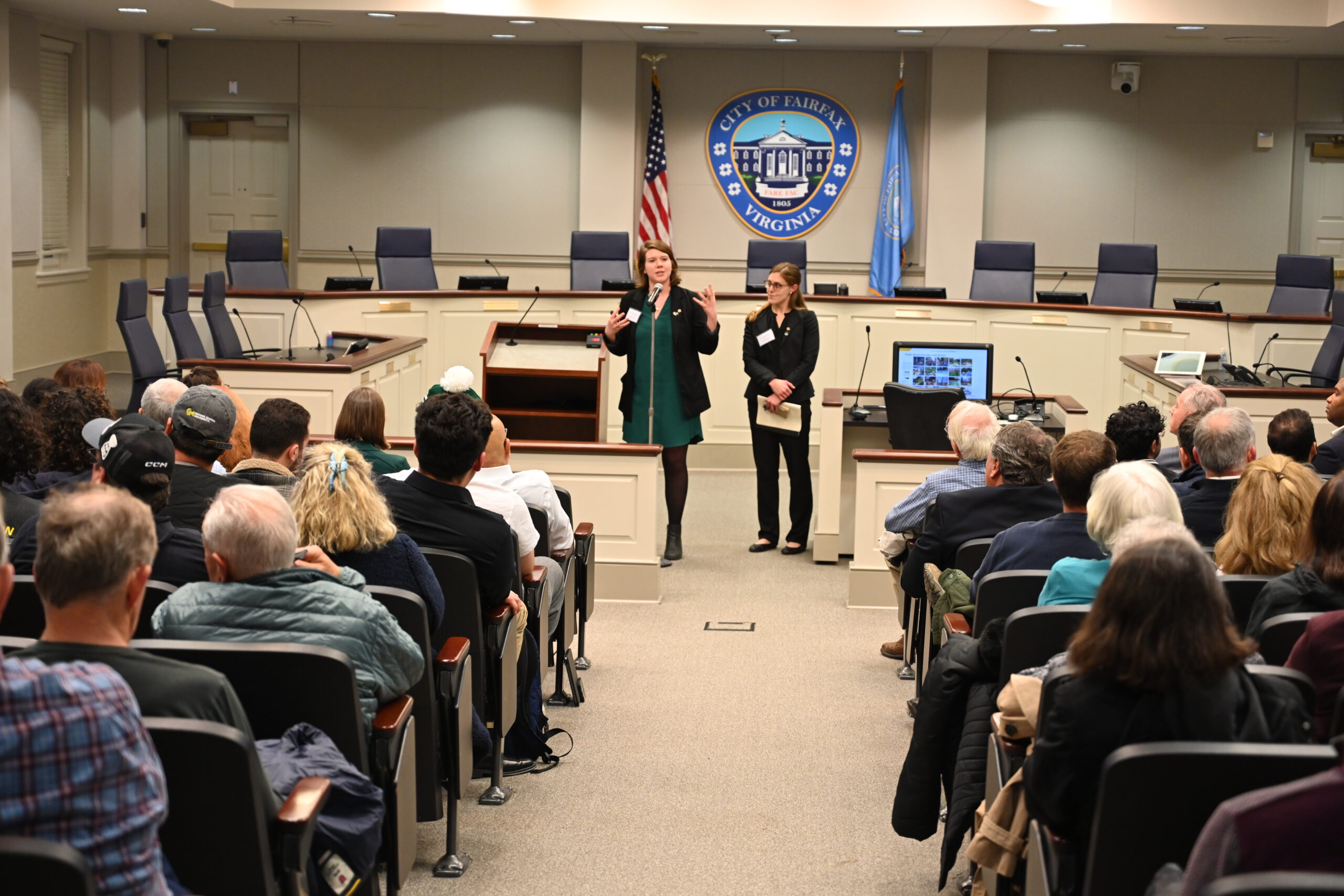
When communities hear about a new or renovated stadium, the public reaction can swing from excitement to skepticism in seconds. Stadium projects sit at the intersection of civic pride, neighborhood impact, and large-scale investment — making early, thoughtful community engagement essential for local leaders tasked with stewarding public trust.
When enthusiasm and apprehension collide, clear communication becomes the difference between support and resistance. Before the first design sketch or budget estimate, civic project sponsors must lay the groundwork for trust — setting expectations, listening to local voices, and framing the project as a shared opportunity rather than an external imposition. That’s where intentional, proactive engagement begins. Here are simple steps you can take to build that foundation early and keep your community invested every step of the way.
At B&D, our Communications & Public Engagement (CPE) team has guided complex projects across higher education, K–12, and municipal sectors — experience that directly translates to stadium projects. In stadium construction and renovations, the same fundamentals apply. Transparency, timing, and trust determine whether a community will embrace or resist a significant public investment. Public engagement isn’t window dressing — it’s risk management, reputation management, and community building rolled into one. Done right, it transforms a stadium from their project into our project.
Karen Summerville is B&D’s Senior Director of Communications & Public Engagement. She leads the firm’s Communications & Public Engagement practice and oversees strategic outreach efforts that help clients build meaningful community connections through large-scale education, municipal and sustainability initiatives. Her portfolio spans over $4 billion in capital programs and planning efforts across the U.S., covering engagement planning, brand strategy, media relations, social media, design, and major public events. She holds an undergraduate degree from Morgan State University and studied at the University of Baltimore’s Integrated Design MFA program. She can be reached at KSummerville@bdconnect.com.